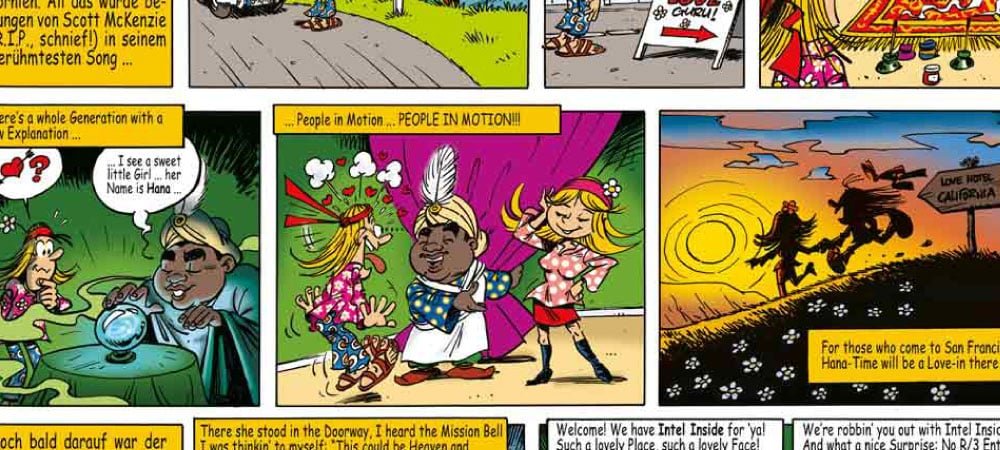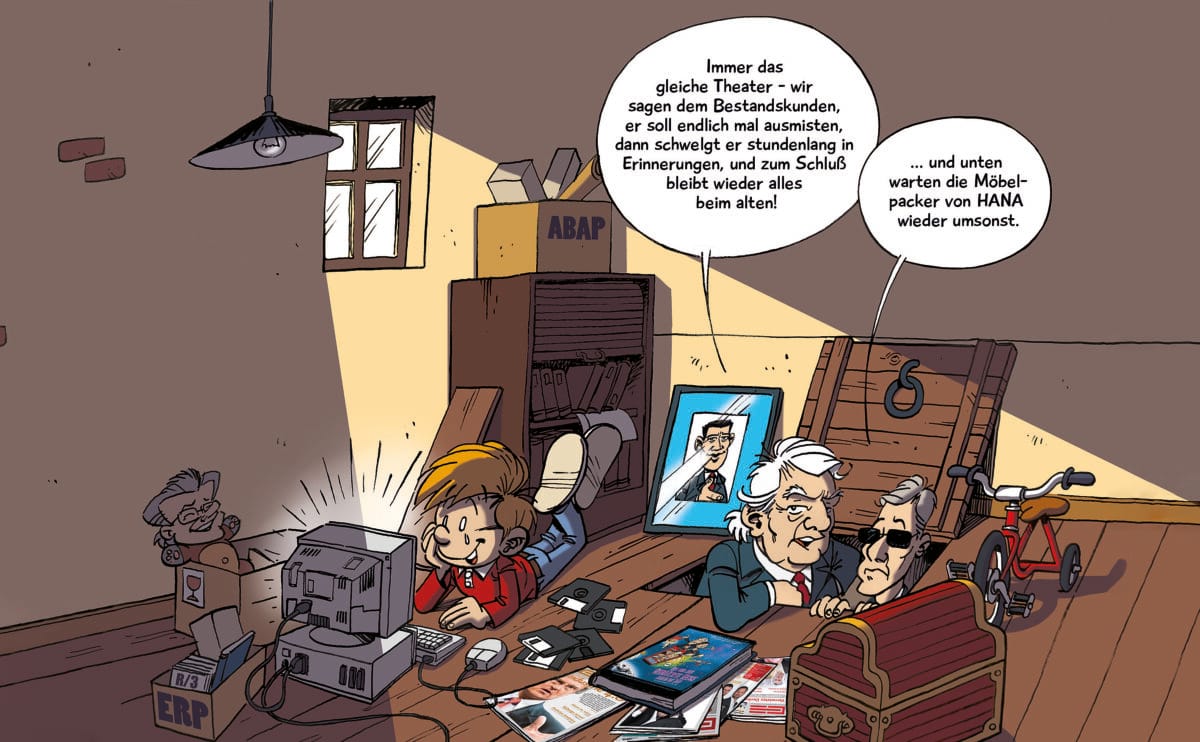SAP Clean Core 2016


CIOs and SAP managers react very emotionally to a code word: release readiness. It refers to the status of an SAP ERP system and whether it is in a "normal" state, allowing the next SAP release to be imported without any problems.
SAP's standard business software is largely a semi-finished product. Through "customizing" by SAP partners or customers, SAP ERP becomes a tailor-made solution for a company's organizational and operational structure. From the beginning, the SAP system was designed with the SAP programming language Abap to allow for these modifications because SAP recognized early on that standards don't provide a competitive advantage with customers, only individualization does. This concept is still valid today.
There are numerous Abap programmers and experts in the SAP community who can modify an SAP ERP system to meet users' specific requirements. Theoretically, there are no limits. Guidelines exist on how customizations can and should be made to business processes. However, sometimes users have completely converted the system—Abap is quite a powerful programming language that SAP is still further developing.
However, anyone who modifies their SAP system too much loses the aforementioned release capability. The ERP system has been modified so extensively that subsequent versions are incompatible — the customer has deviated from the ERP standard. They have crossed a line!
Therefore, it is important for the CIO to strike a balance between individual user requirements and the SAP standard. Professor Hasso Plattner and SAP experts recommend regular "maintenance" to keep the ERP system close to the standard so new versions can be imported without problems. This approach is currently known as SAP Clean Core. (PMF)

The cartoon by Robert Platzgummer (1975 to 2016) was first published in the September 2016 issue of E3. Even back then, Professor Hasso Plattner and the then SAP CEO Bill McDermott warned of the danger of uncontrolled growth.





